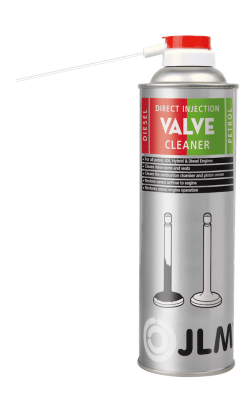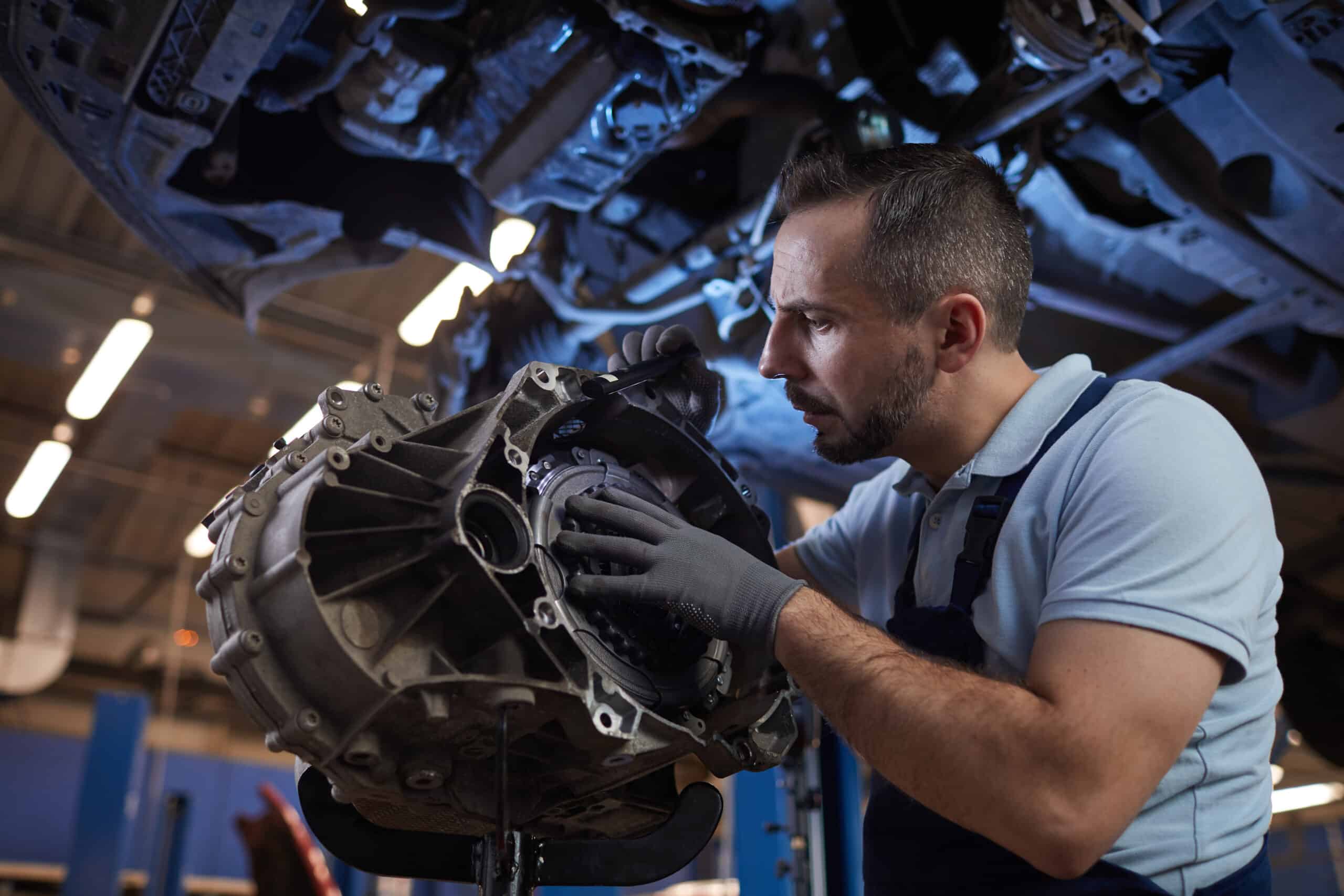Restore performance, reduce emissions, and protect your engine with JLM Direct Injection Valve Cleaner. Specially developed for modern petrol and diesel engines, this advanced additive dissolves stubborn carbon deposits in the combustion chamber and intake system, helping your vehicle run like new again.
Product information
Why choose the JLM Direct Injection Valve Cleaner?
Modern engines with direct fuel injection face a unique problem: when injectors were relocated from the intake to the combustion chamber, the inlet valves stopped being washed clean by fresh fuel.
This, combined with crankcase ventilation and exhaust gas recirculation deposits, leads to rapid carbon buildup in the air inlet. Over time, these deposits are baked onto the cylinder-head surfaces by high combustion temperatures, making them especially tough to remove.
JLM’s Direct Injection Valve Cleaner provides a professional-grade solution to this problem:
- Targets stubborn deposits: Its advanced cleaning surfactants dislodge and dissolve baked-on carbon far more effectively than cleaners that rely only on solvents.
- Comprehensive cleaning: It not only cleans the valves but also treats the complete combustion chamber, restoring airflow and combustion efficiency.
- Gentle yet powerful: The formula is safe when combusted and doesn’t harm catalytic converters or diesel particulate filters.
- Proven performance: Results include improved engine efficiency, lower exhaust emissions (CO and HC), and noticeably better cold-start performance.
- Works best in combination: For maximum effectiveness, use alongside JLM’s GDI Injector Cleaner (petrol engines) and JLM’s EGR & Air Intake Cleaner (petrol and diesel engines).
With JLM Direct Injection Valve Cleaner, you’re not just removing carbon, you’re restoring power, efficiency, and reliability to modern engines.
How to use the Direct Injection Valve Cleaner
Important: This product is intended for professional use only. Always wear gloves and eye protection, and work in a well-ventilated area.
JLM has designed its Direct Injection Valve Cleaner for ease of use. Unlike other methods that require dismantling the cylinder-head inlet tracts, this cleaner is applied directly through the air intake of a warm, running engine.
Step-by-step instructions
Preparation
- Shake the aerosol vigorously for at least two minutes.
- Identify the best access point on the intake system. Ensure the spray won’t pass through an intercooler or corrugated/convoluted rubber pipes, as liquid can pool in these areas.
- Start the engine and let it reach normal running temperature. Keep the engine at idle speed.
Application
- Spray the cleaner into the intake manifold in short bursts of up to three seconds.
- After each application, allow the engine revolutions to stabilise before spraying again.
- If the engine speed increases, or you notice knocking, pinking, or pinging, stop spraying and let the engine return to idle. Don’t press the accelerator.
Treatment process
- Once half the aerosol has been used, let the engine idle for two minutes before continuing.
- When the can is fully depleted, let the engine idle again for two minutes.
- Stop the engine and reassemble the intake system.
Final stage
- Restart the engine, briefly accelerate to 2,500 rpm, then let it return to idle. Repeat this cycle 10 times, or take the vehicle for a short drive of 5-8 km (3-5 miles).
- Before switching off the engine, allow it to idle for at least one additional minute.
Related products
Learn more about cleaning carbon deposits
FAQs about DPF fluid and additives
What causes carbon deposits in engines?
Carbon deposits form as a by-product of incomplete combustion. In modern engines, several factors accelerate buildup:
- Direct injection technology: Fuel is injected straight into the combustion chamber, so intake valves no longer get “washed” clean by fuel.
- Exhaust gas recirculation (EGR): Recirculated gases introduce soot and unburned hydrocarbons.
- Crankcase ventilation: Oil vapours combine with soot to create sticky deposits.
- Driving style: Short journeys and stop-start traffic prevent engines from reaching optimal cleaning temperatures.
- Fuel and oil quality: Low-grade fuels and oils increase residue.
Over time, this buildup restricts airflow, reduces combustion efficiency, and can trigger engine faults.
How do I clean carbon deposits from engines?
Carbon deposits inside the combustion chamber, on valves, and around injectors can significantly impact performance. Cleaning them with JLM Direct Injection Valve Cleaner is an effective, non-invasive solution:
- The powerful formula breaks down hardened deposits.
- Deposits are safely burned off during normal combustion.
- You’ll notice smoother idling, stronger acceleration, and improved fuel economy.
For heavily neglected engines, professional mechanical cleaning may be necessary, but JLM helps prevent reaching that costly stage.
Frequently
asked
questions
These are the most common questions we get from a potential distributor.



